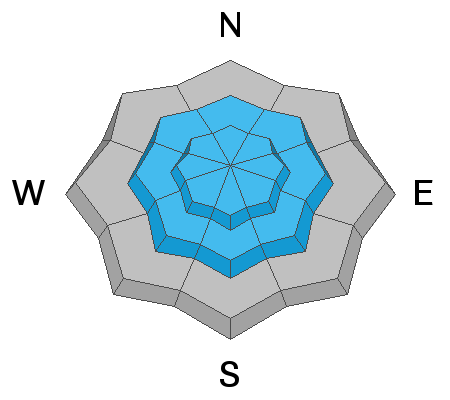Forecast for the Ogden Area Mountains

Issued by Mark Staples on
Wednesday morning, January 23, 2019
Wednesday morning, January 23, 2019
Today wind drifting is the main issue. With increasing winds today plus more snow this afternoon, the avalanche danger is CONSIDERABLE at mid and upper elevations. Low elevations have a MODERATE danger.
Avoid wind loaded slopes and you'll avoid most avalanches. With such a huge load of snow over the last week, the possibility remains for slides to break deeper in the snowpack on buried persistent weak layers. These layers are gaining strength and do not exist everywhere, but are lurking on some slopes.

Low
Moderate
Considerable
High
Extreme
Learn how to read the forecast here








